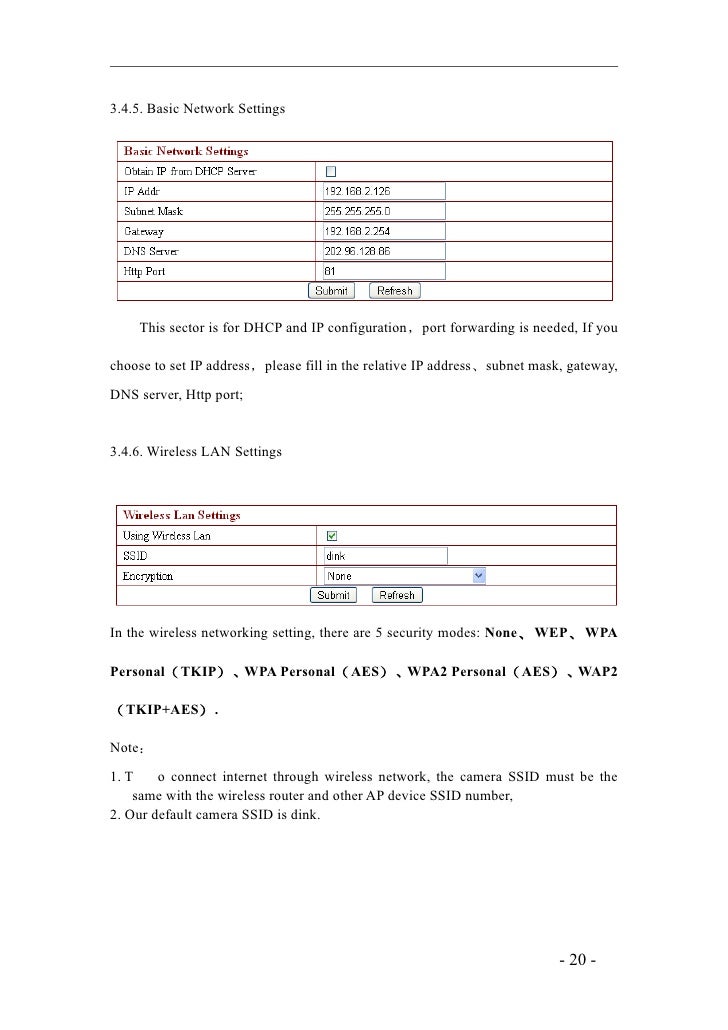
Join the yacht club and add some luxury to your island or make your own secret hideout on the new Shark Island with the Yacht and Shark Galleries. New Hub Islands Two new Hub islands to allow for more options for creating your dream Hub. Added 3 New Islands: The Shark. Tuning a jaguar v12. All download links are direct full download from publisher sites or their selected mirrors. Avoid: oem software, old version, warez, serial, torrent, keygen, crack of B Series Ip Setting. Consider: B Series Ip Setting full version, full download, premium download, licensed copy.
One of the most important attributes of an intranet is the ability to contain the organization’s wealth of data needed for daily operation in one single location. However, holding the data in a single place is of no use if the employees who need that data are not able to locate what they require.
Intranet users employ a variety of methods for finding information on a company’s intranet, specifically; information architecture (menus), links (quick links, page links and direct links) and search. This article will focus on the inner workings of search functionality and how to create a more user-centric search through a better understanding of best practices in this area.
Search is only as good as the metadata
The underpinnings of a search is often the most important element in determining a user’s satisfaction and efficiency with the site’s search functionality. One of the most common complaint we hear from users is “I can’t find anything with the search”. Typically the reason a user is unable to find what they are looking for is tied to the inner workings of the search itself. An intranet’s search functionality uses an algorithm to decide which content best matches the user’s search term (unless the search is hardwired directly to a piece of content). This is often based on how frequently the function finds the search term (or a similar term) within the article or the meta-tags (including taxonomy) that an article is associated with. When creating content, it is critical to consider how a user would search for the content and to create an appropriate title and metadata that reflects the user’s predicted behavior. This will aid in the algorithm’s ability to lead users to the correct article they are seeking.
Expect the user to make a mistake
Typos are a common occurrence when users are typing into a search engine. A robust search engine will anticipate typos and will be able to suggest the correct spelling (as well as lead the user to the expected results). This includes caps (Career=career=CAReeR) as well as misspellings of words (Career=Carer=dareer). Different users will use variations of a search term and expect to reach the same results page. For example, a user who types in “careers” expects to receive the same results as another user who searches with “jobs”. However, sadly this is rarely the case, in modern intranets. As intranet searches uses both metadata as well as a text search of the article the results could vary depending on which of the terms are used in the article itself (even if the metadata includes both terms). As such, it becomes critical for the search engine to take similar terms into account much the same way as a thesaurus would in order for the user to reach the expected results.
B Series Intranet Search Add Settings V12 Download
Allow ‘Google-Like’ Searches
Most of the employees in an organization are accustom to searching on Google. This means that many are use to using Boolean search operations (and/or/not/and not/near/with/phrase) even if they are not aware that they are using those techniques. However, many intranet sites have not yet added this functionality and as a result are limiting the ability of a user to find what they are looking to without resorting to an advanced search screen. It is imperative that this functionality be added in order to permit users to find the information they seek much easier.
Hardwire common search terms
It is very common for most of the searches on an intranet to be for the same 20 search terms. Through studying the search analytics the common search terms can be uncovered for your organization. Once this is achieved, study the results from each of these common terms and see if the “best” or “most frequently selected” results are the ones, which are being populated for the user. It is likely that by hardwiring the results for common search terms the user experience will improve.
A cautionary note for hardwiring results: there is a need to review the results on a frequent basis and to adjust them over time to reflect new/revised content. The review needs to ensure that users are still receiving the best possible results for their search.


Related Articles


Yahoo Search Add Url
Hide and Seek with Search Engines
Don't Forget to Add The Tax(onomy)